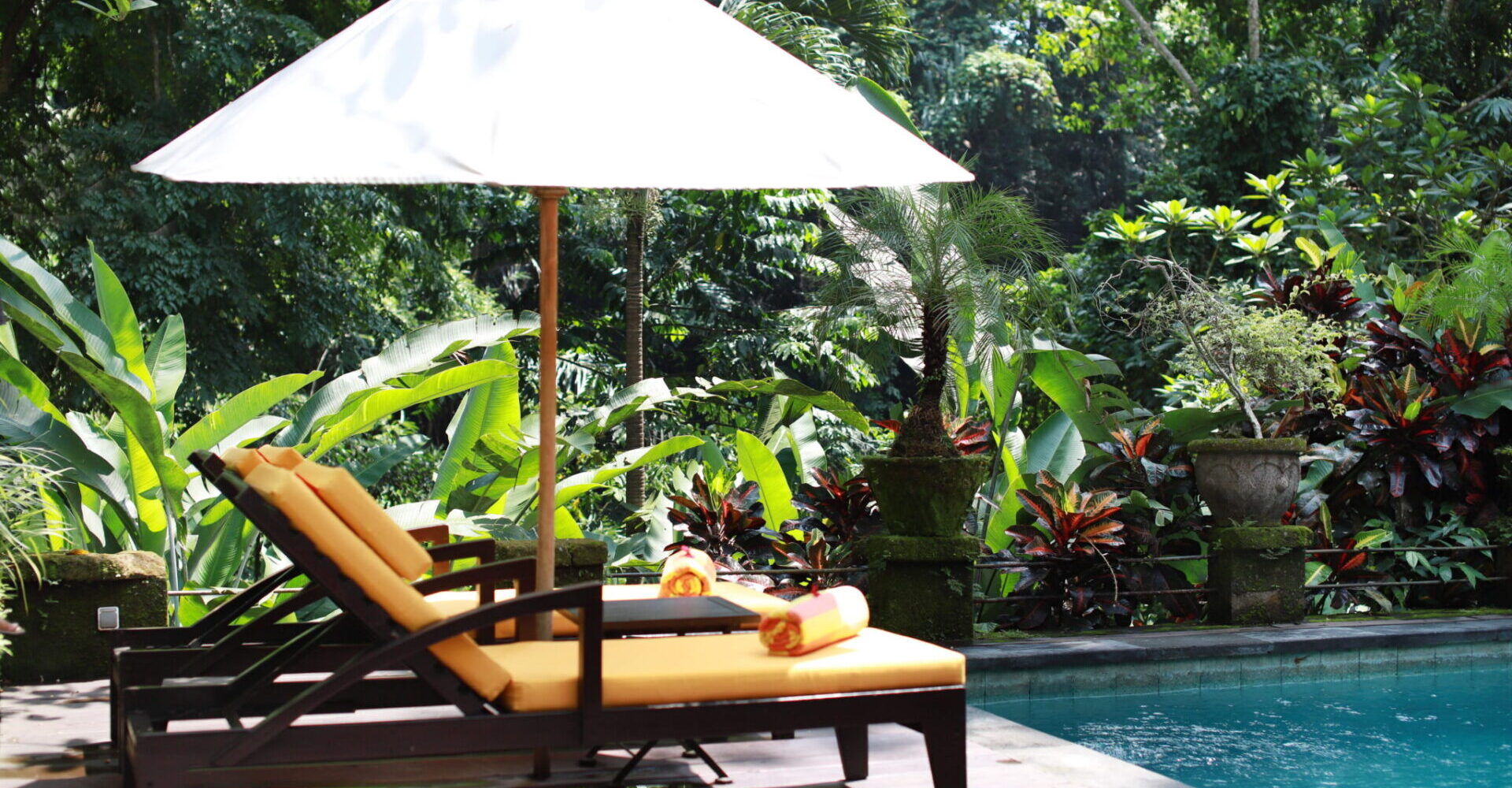Nadi Shodhana Pranayama: Alternate Nostril Breathing
“When the Breath wanders, the mind is unsteady but when the Breath is still, so is the mind still.”
– Hatha Yoga Pradipika
Shodhana means to cleanse or to purify and this pranayama is used to purify pranic channels (Nadis). It is an important pranayama practiced by alternating inhalation and exhalation between the right and left nostrils to influence the ida and pingala nadis, to restore equilibrium, bring balance and harmony to the body’s physical and mental systems. It vitalises pranic energies and helps to heal almost all physical and mental disorders. It awakens the dormant energy (shakti) in mooladhara chakra and directs it through sushumna leading to deep states of meditation.
Nadi Shodhana is traditionally practiced at sunrise and the breath is soundless, unforced, unrestricted and aware. It creates a smooth even flow and the durations of the breath are extended until the breath becomes light and subtle with the air floating through the nostrils.
One round of nadi shodhana pranayama begins with an inhalation through the left nostril, then an exhalation through the right nostril, then an inhalation through the right nostril and finally an exhalation through the left nostril.
A measurable symptom of an imbalanced energy in the body is the restricted flow of air through the nostrils, although it is natural for one nostril to be dominant for a period of time allowing the air to move more freely in that nostril. When the nostrils are flowing evenly, it induces a quiet, calm, balanced mind in preparation for meditation.
Nadi shodhana is a pranayama practice where the breath is consciously, physically regulated to enhance the flow of air through the nostrils as a method to balance the energy of the body and the mind. Nadi shodhana with both nostrils flowing freely affects the nervous system, which allows the body and the mind to balance and become centred and in this state the mind is calm and relaxed, so it is a good pranayama practice if you are suffering from anxiety or stress.
The normal flow of breath in each nostril is intimately connected with the dual functions of the right and left hemispheres of the brain and the SNS and PNS. The strength of the breath in the left and right nostrils alternates on an average of 90minute cycles but between the changes in dominance there exists a state of balance flow, which is a period when all systems operate in balance and the spiritual energy (Atma Shakti) is awakened. The fingers are initially used to consciously block the flow of breath through the nostrils.
Nasikagra mudra
This mudra is traditionally created with the right hand, which symbolises giving but it is not compulsory.
The thumb and fourth finger are used, applying light pressure to each nostril to control the breath. The second and third fingers are at the forehead between the eyebrows or the thumb and fourth finger rest upon each nostril and the second and third fingers are folded into the palm of right hand.
The breath is quiet, slow, long and calm and one round of nadi shodhana consists of inhaling through the left nostril, exhaling through the right nostril then inhaling through the right nostril and exhaling through the left nostril.
Benefits of Nadi Shodhana
- Cleanses the pranic channels
- Influences ida and pingala to restore equilibrium
- Creates physical and mental balance
- Vitalizes pranic energies
- Spiritually awakens the dormant energy of shakti
- Opens sushumna channel
- Creates an awareness of internal rhythms and the 90 minute cycle of breath between the right and left nostrils
- Creates an awareness of our environmental rhythms
- Relieves anxiety and stress
- Balances the left and right hemispheres of the brain
- Balances the autonomic nervous system
- Lowers blood pressure
- Relaxes and induces rest and sleep
- Relieves depression
- Affects the pineal gland which controls blood glucose and hormonal levels
Breathing through the right nostril stimulates the SNS (fight or flight response)
- Increases heart rate, dilates pupils
- Opens the lungs
- Stimulates metabolism
- Reduces apathy, lethargy
- Increases energy, alertness
Breathing through the left nostril stimulates the PNS (rest and digest)
- Lowers the heart rate
- Increases the ability of digestion
- Induces relaxation, rest and sleep
- Induces higher concentrations of melatonin than sympathetic activation
Contra-indications
- High blood pressure
- Heart disease
- Peptic ulcers
Nadi shodhana pranayama practices
Sitting with an erect spine, correct postural integration, a still body and a quiet mind, use Nasikagra Mudra to block the right nostril.
Then inhale and exhale through the left nostril 10 times with a smooth, soft, slow breath.
Then block the left nostril and inhale and exhale 10 times through the right nostril with a smooth, soft, slow breath while focusing on creating equal lengths and volumes of the inhalations and exhalations.
Continue sitting erect using nasikagra mudra.
Close the right nostril and inhale through the left nostril. On completion of the inhalation, gently close the left nostril, then release the breath through the right nostril.
Close the left nostril and exhale through the right nostril, then keep right nostril open and inhale fully, then block the right nostril and exhale through the left nostril.
This completes one round of nadi shodhana.
Do not force the breath or strain in an effort to create a perfect nadi shodhana, rather during your practice allow the pranayama to create itself.
For more information or to book an health consultation or private yoga class, please contact rejuvenation@sukhavatibali.com.
Author: Tegan Wallis
Holistic Health Practitioner




